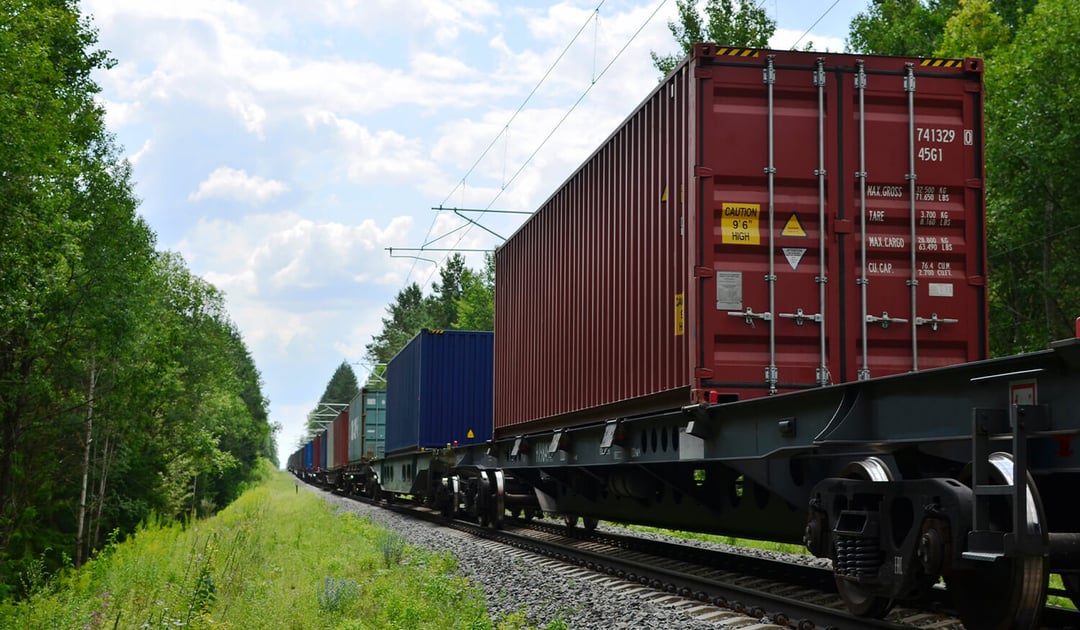
The modern era of domestic intermodal shipping in the United States began in the 1970s and 1980s, with the introduction of intermodal containers and the development of intermodal transportation systems.
Since its introduction, the use of domestic intermodal shipping in the United States has continued to grow, driven by the need to reduce transportation costs, improve transit times, and reduce the environmental impact of transportation.
Today, intermodal transportation is an integral part of the logistics industry in the United States, with many of the country's major transportation companies offering intermodal services to their customers.
The future of domestic intermodal shipping in the United States is expected to be shaped by several trends and factors, including advances in technology, changing consumer demands, and the increasing importance of sustainability and environmental impact.
The domestic intermodal shipping industry is expected to see a significant increase in the adoption of technology such as automation, artificial intelligence, and the Internet of Things (IoT) in supply chain management to improve operational efficiency at the intermodal ramps and on the tracks, while also increasing supply chain visibility.
As environmental awareness continues to grow, intermodal shipping companies will place an increased focus on supply chain sustainability and eco-friendliness, implementing environmentally friendly practices to reduce emissions, fuel consumption and waste.
Speaking of the environmental benefits of intermodal, the transition of dray from diesel powered to electric trucks is almost a foregone conclusion for two reasons.
First, by moving dray to electric it completes the railroads’ theme of intermodal being the most eco-friendly mode of transportation.
Second, with the railroad ramp being the hub that all intermodal shipments need to pass through, it becomes the single best location to efficiently build out the charging station network with the best return on capital for all stakeholders.
To continue under the same line of thinking, the next logical step following dray transitioning to electric trucks is dray utilizing autonomous trucks. The shorter freight miles hauled on dray shipments, combined with charging stations centrally located at intermodal ramps make autonomous trucking a natural fit for intermodal.
Intermodal freight providers (IMCs), are likely to invest more in improving intermodal connectivity, particularly between different modes of transport, to create seamless and efficient supply chain solutions.
IMCs will further their use of digital platforms to connect shippers and carriers with their data to enable real-time tracking, booking and payment processes.
With the growth of intermodal shipping, companies are expected to expand the current North American network, providing wider coverage and improved service offerings to meet the increasing demand for intermodal solutions.
The increasing demand for intermodal shipping solutions for specific industries and cargo types, such as hazardous materials and temperature-controlled commodities is expected to drive the development of specialized intermodal solutions.
To add to the above comment, the growing need for temperature-controlled shipping options will help intermodal providers justify adding reefer intermodal capacity to augment trucking options for long haul shipments.
As competition in the intermodal shipping industry intensifies, companies are likely to place a greater focus on cost-effectiveness, seeking new and innovative ways to reduce costs and increase profitability.
Intermodal equipment could see improvement also. The first area would be around weight. The combined weight of the equipment (intermodal container and chassis) currently reduces the cargo capacity of intermodal by roughly 1,500 pounds when compared to truck.
The second area of improvement would be to improve the aerodynamics of the intermodal container, with it being somewhat challenged by its corrugated exterior versus the smooth exterior of a truckload trailer.
In conclusion, the future of domestic intermodal shipping looks promising, with an increased focus on technology, sustainability, connectivity, digital platforms, network expansion, specialized solutions, and cost-effectiveness. All will further enhance the three Cs of intermodal: carbon, capacity and cost to drive more shippers to the realization intermodal should be part of their daily shipping options.
Looking to bring intermodal into your freight mix? Simply request a quote with us here at InTek, and we can put our expertise to work for you. For more information about us, or logistics and supply chain issues in general, check out our freight guides.
